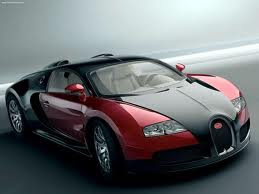 Images for 1966 Chevrolet Impala Super Sport
Images for 1966 Chevrolet Impala Super SportThe The Impala's chassis would not be this extensively changed again until the introduction of the 2000 Impala. The 1971 redesign introduced the largest Impala. During the 1969 model year, for example, Impala production topped Caprice production by 611,000 units.
The Impala however, remained Chevrolet's top selling model until late 1970s. A one year model, the Impala Caprice was reintroduced as the Chevrolet Caprice in 1966, taking the top position in the Chevrolet lineup. Beginning with the four door hardtop sedan body, Impala Caprices received unique upholstery, wood grained accents on the dash board and specialty pulls on the insides of the doors. In 1965, Chevrolet introduced the Impala Caprice. In 1965, the Impala set an all time industry annual sales record of more than 1 million units, which has never been bettered.
 Chevrolet Impala Super Sport Pictures
Chevrolet Impala Super Sport PicturesFrom 1958 until 1996, Impala sales were in excess of 13 million units, more than any other full size car in the history of the automobile. For 1960, it became the best selling automobile in the United States and held that position for the next decade. The Impala became a separate model in 1959 in both two and four door versions and became the best selling car in the Chevy product line. It was named for a southern African antelope. This classic styling cue would become its trademark.
Unique to the model were its six taillights, which set it apart from lower trim levels with only two lights on a side. The Impala was introduced in 1958 as a new up level, sporty trim package created for Bel Air coupes and convertibles.
Grab The Bookmarketer For Your Site





